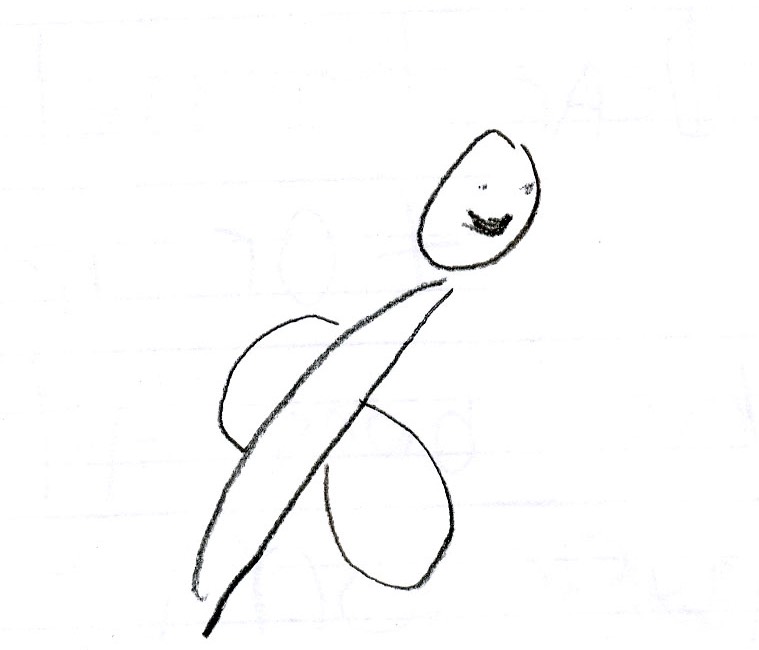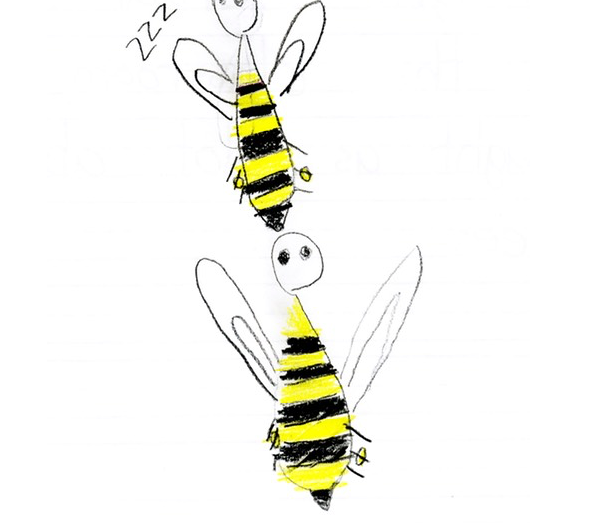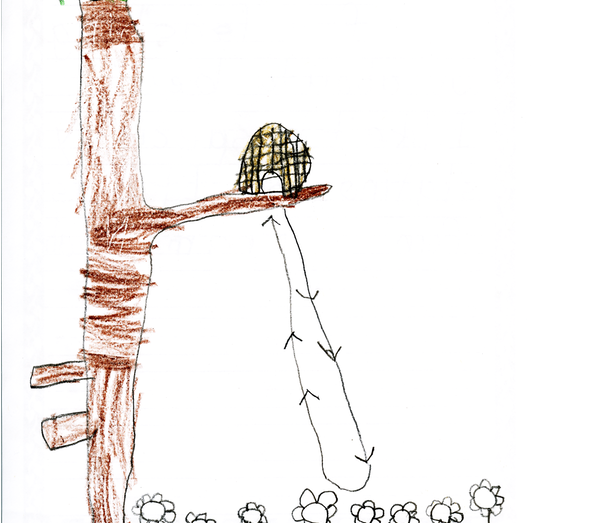During my years of teaching, I discovered the power of hands-on and direct experience learning. When I became a beekeeper, I naturally wanted to teach others about these amazing animals.
I have developed a program for going into schools and over the course of a few hours, teaching children the basics of the bee’s life cycle, their importance to our world, and things that they can do to help bees.
If you are a teacher who would like to have me come and work with your class, or if you have a child in school and would like to suggest my program to a teacher, please use the contact page to send me an email.
The presentation includes a 15-20 minute talk about the bee life cycle and basics on bee culture and then kids circulate around various stations. Information in the talk will help the kids to understand aspects for the various stations, especially Station A where the kids use a scented cotton ball (pheromone) to gain access into a colony. If class time is limited we can pick and choose the stations to do with the exception of Station A and the Observation Hive which are central to the presentation.
The stations are:
Station A: Identify Your Hive.
Station 2: Bee Anatomy Puzzle.
Wrap-Up: After all the stations, we gather back together to answer any final questions. The amount of time for this can be 5-10 minutes or longer depending on the group and the time we have left. The whole time can be up to 1.5 hour but will depend on the size of the groups as a single classroom group will likely be able to do things faster and larger groups may need more time. Flexibility is built into the final discussion which can be skipped if time gets short. I recommend that teachers plan for the visit to overlap a recess if they think we will need the break between units of time and we can go into the next period as needed. If we do multiple classes together, I recommend that we start the sorting activity in the Multipurpose Room where we will also do the talk(s) and the Observation Hive station will also be there. We can also set up other stations in that room that do not require a lot of movement of the students such as the puzzle station, antennae making and the math work station for example. The other stations can then be done in classrooms to keep the noise level to a manageable level. This arrangement is made in advance so we know where materials should go.


